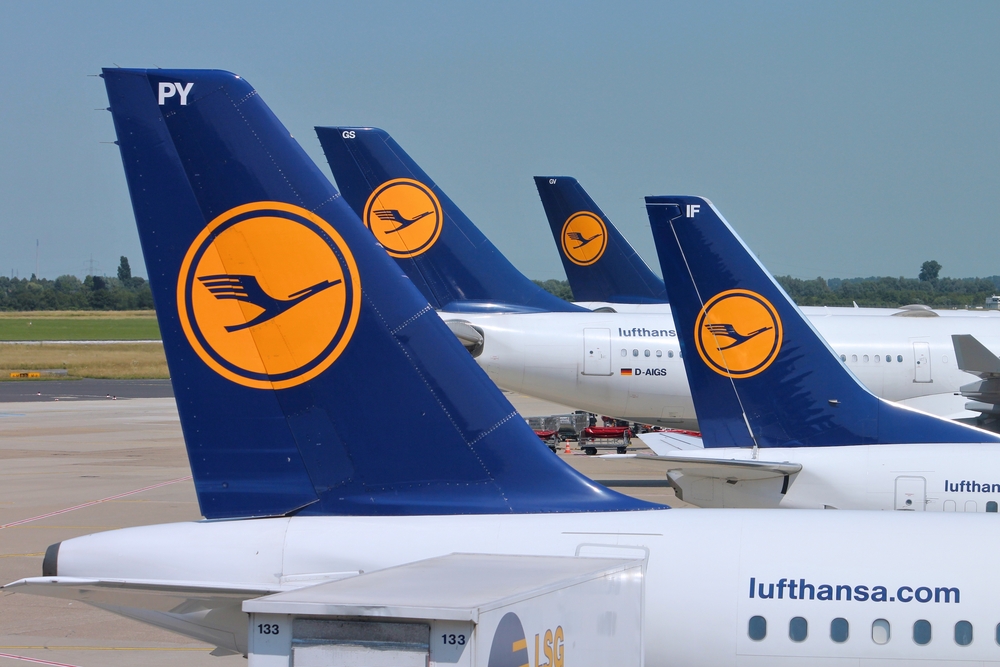Full Auto Pilot: Is It Really Necessary to Have a Human In The Cockpit?

The following opinion piece was written by Mary Cummings and Alexander Stimpson; Former F-18 Pilot, U.S. Navy; Researcher, Duke University Humans and Autonomy Lab.
The recent Germanwings disaster has once again reminded us that human pilots are not always failsafe. One only has to look back as far as 2012 to find examples of unruly pilots being subdued by passengers, and of course 9/11 highlighted the extremes of hijacking. With such incidents, the question is inevitably raised as to whether it is feasible or desirable to have commercial flights that do not require a human pilot.
With the development of new automated technologies, the workload in the cockpit has been dramatically decreasing – so much so that pilots self-report only touching the controls for about three to seven minutes during a typical flight. In fact, there exists a standard approach category (CAT III) in which the pilot does not touch the flight controls during approach and landing. This category most commonly exists during severe weather (e.g., heavy fog), which creates the most difficult conditions for approach and landing. If left to human pilots with physiologic limits to vision and reaction times, these landings could not happen.
And while there are cases of heroic pilots saving aircraft in emergency situations (most notably the US Airways Hudson River landing in 2009), human pilot error is responsible for 80 percent of all accidents in military and commercial flights.
Given the central role human error plays in most aircraft accidents, and the fact that intentional malicious acts like those in the Germanwings incident are possible, it is relevant to ask what can be done in terms of automation to improve safety, as well as to reduce costs.
Many airlines and government organizations, including NASA, have already been investigating reducing the number of pilots on a standard commercial flight from two to one. World-fleet-wide, over a 20-year service life of an aircraft, this move has possible savings of $6.8 trillion.
From a technical standpoint, even current commercial aircraft are able to fly themselves through most or all phases of flight. Large drones the size of commercial aircraft routinely fly themselves from takeoff to landing, including conducting emergency landings when equipment fails.
Moving to single-pilot operations (S.P.O.), however, is very different from moving to pilotless aircraft. The idea of having no human pilot in the cockpit to deal with emergencies would likely not sit well with passengers. The concept of “shared fate” comes into play here: People are more comfortable with the idea that pilots in control will try their hardest to save their own lives, and thus save the lives of everyone on board. Given this psychological need, passengers will likely be resistant to the idea of having no pilot on the plane.
There are other reasons to maintain airline staff on board beyond flying the aircraft. Providing
services and dealing with unruly passengers are just two of the items that require employees who are seen as a legitimate authority and keep order.
Because of this, what we may see is a transition of roles for the pilot and other staff on board commercial passenger aircraft. Instead of having a dedicated pilot, attendants may be required to be certified as pilots to allow them to both provide services in the cabin and be able to take over for the automation in the case of an emergency. The idea that one or more people on board are able to safely fly and land the aircraft may be enough to encourage acceptance of moving more and more functions to automation.
The shift to pilotless commercial passenger aircraft is not imminent, although commercial cargo does not suffer from the same limitations and will likely become fully automated in a shorter period of time.
The transition to single-pilot operations, however, is likely. Recent technological advancements in automation and the amount of money that could be saved by applying this technology make it a logical choice. The potential savings, coupled with both intentional and unintentional human error, will continue to motivate research and development in support of S.P.O., which will ultimately make for safer and more cost-effective air travel.
BIO: Mary (Missy) Cummings is the director of Humans and Autonomy Lab at Duke University. She was a naval officer and military pilot from 1988-1999, one of the U.S. Navyʼs first female fighter pilots. She is currently an associate professor in the Duke University Department of Mechanical Engineering and Materials. Alexander Stimpson is a postdoctoral associate at Duke University working in the Humans and Autonomy Lab.
The current piece was provided to the Budapest Business Journal by the MarkNews.
SUPPORT THE BUDAPEST BUSINESS JOURNAL
Producing journalism that is worthy of the name is a costly business. For 27 years, the publishers, editors and reporters of the Budapest Business Journal have striven to bring you business news that works, information that you can trust, that is factual, accurate and presented without fear or favor.
Newspaper organizations across the globe have struggled to find a business model that allows them to continue to excel, without compromising their ability to perform. Most recently, some have experimented with the idea of involving their most important stakeholders, their readers.
We would like to offer that same opportunity to our readers. We would like to invite you to help us deliver the quality business journalism you require. Hit our Support the BBJ button and you can choose the how much and how often you send us your contributions.








